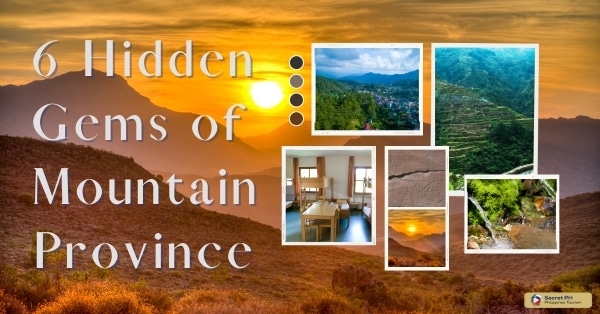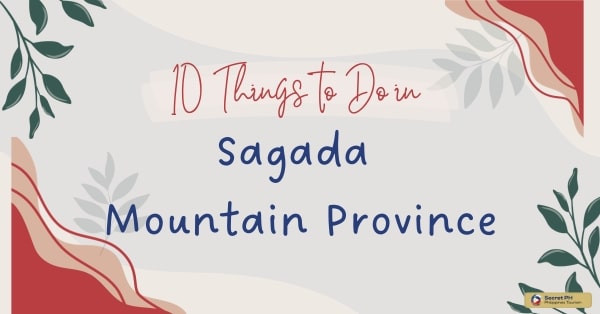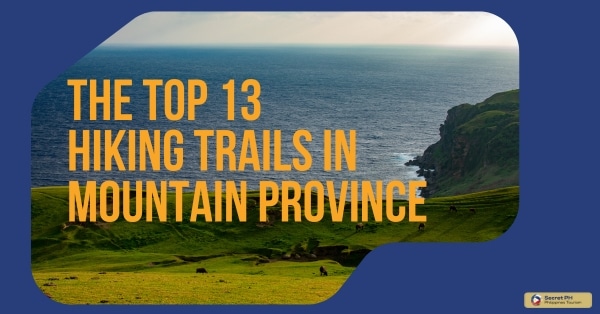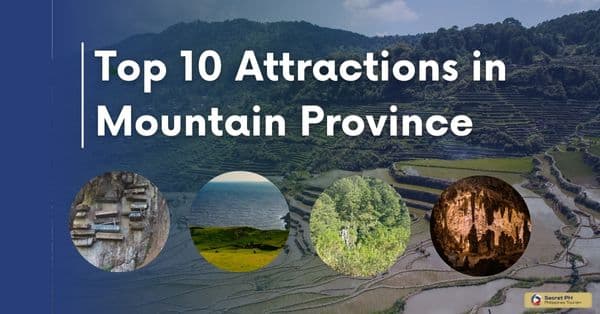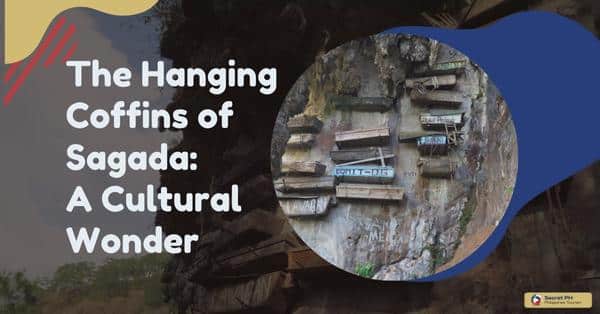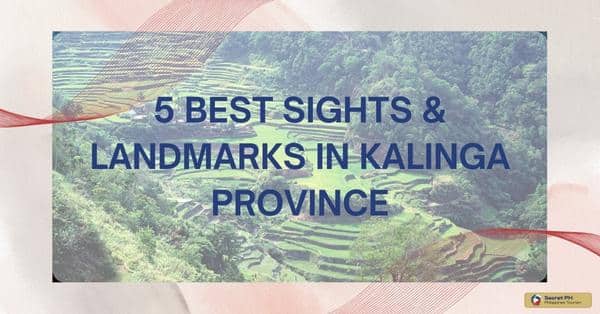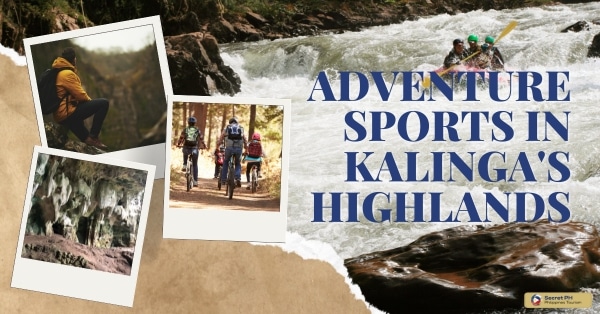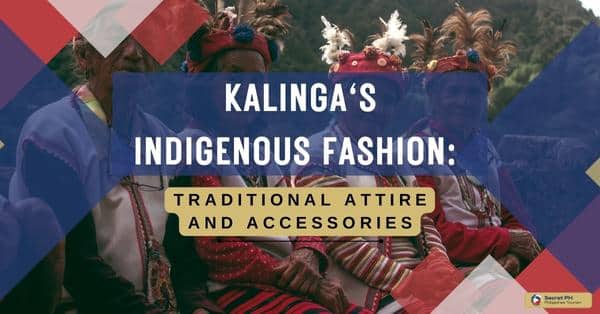Kalinga, a province in the Philippines, is known for its vast mountain ranges and lush green landscapes. It’s no wonder why trekking has become so popular among hikers! Whether you’re looking for an exciting day hike or a multi-day backpacking adventure, Kalinga offers some of the best trails in the country.
Kalinga offers a hiker’s dreamland with stunning landscapes and cultural richness. Discover when to go, explore popular trekking destinations like the Banaue Rice Terraces and Mount Amuyao, and ensure a safe journey with our tips. Plan your Kalinga trekking expedition wisely, from crafting itineraries to packing essentials, for an unforgettable adventure in this enchanting region.
To help you plan your next hiking trip to Kalinga, we’ve put together this guide on the best time to go trekking, popular destinations to explore, and safety and health tips for hikers. From planning your expedition to packing the right gear, make sure you’re prepared for a fun and safe trekking experience in Kalinga!
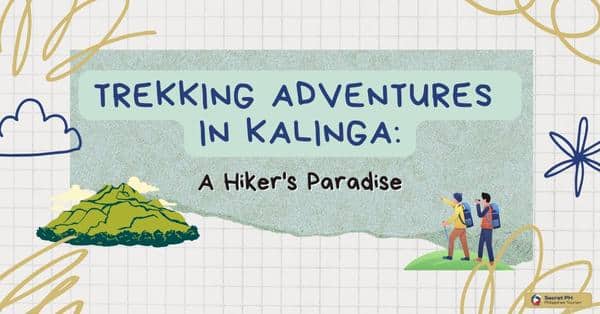
Exploring Kalinga’s Breathtaking Natural Beauty
Exploring Kalinga’s breathtaking natural beauty is a journey into pristine landscapes that seem to be plucked from a dream. Towering rice terraces sculpt the mountainsides, revealing the ancient agricultural ingenuity of the indigenous communities. Verdant forests shelter hidden waterfalls, their crystal-clear waters cascading into emerald pools.
As you trek through lush valleys and ascend rugged peaks, you’ll encounter the warm hospitality of Kalinga’s people, whose tattoos and traditions tell stories as rich as the land itself. In Kalinga, nature and culture intertwine seamlessly, offering an unparalleled adventure for those who seek to immerse themselves in the raw, unspoiled beauty of this Philippine gem.
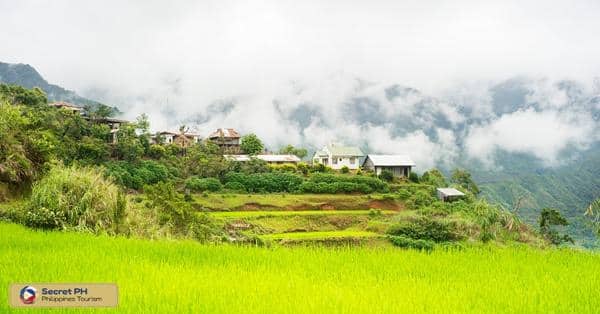
The Best Time to Go Trekking in Kalinga
The best time to go trekking in Kalinga largely depends on your preferences and the type of trekking experience you seek. The dry season, from November to April, is generally considered ideal, with cooler temperatures and less rainfall, ensuring more comfortable and accessible trails.
However, some trekkers prefer the wet season, from May to October, when the landscapes are lush and vibrant, and waterfalls flow at their peak. Each season offers a unique charm, so it’s crucial to consider your trekking goals and weather tolerance when choosing the best time to explore Kalinga’s diverse and captivating terrain.
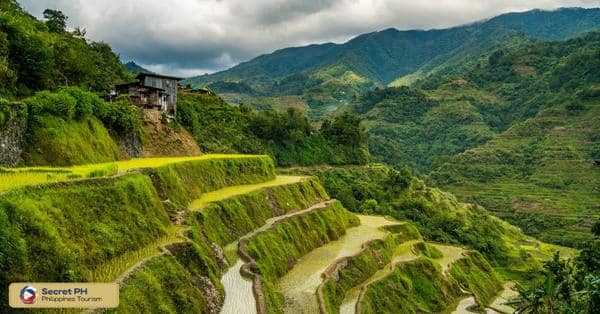
Popular Trekking Destinations in Kalinga
Kalinga, a province nestled in the scenic Cordillera mountain range of the Philippines, offers a breathtaking landscape for outdoor enthusiasts and adventure seekers. With its towering peaks, lush forests, and enchanting valleys, Kalinga is a hiker’s paradise. In this article, we will explore some of the popular trekking destinations in Kalinga, where adventurers can immerse themselves in nature’s wonders and embark on unforgettable hiking experiences.
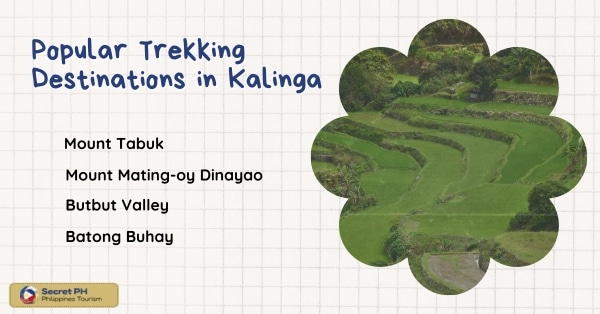
Mount Tabuk
Mount Tabuk, located in the capital city of Kalinga, offers a thrilling expedition for avid hikers. Its trails wind through verdant forests, rocky terrains, and refreshing streams, providing a diverse range of experiences along the way. As you ascend, you’ll be treated to stunning vistas of the cityscape and surrounding mountains. Mount Tabuk’s challenging trails and the beauty of its natural surroundings make it a must-visit destination for those seeking an immersive trekking adventure.
For directions, click here.
Mount Mating-oy Dinayao
For those seeking a challenging trekking experience, Mount Mating-oy Dinayao is the perfect choice. Rising at an elevation of 1,832 meters, this mountain offers a thrilling ascent through steep slopes and rocky terrains. The reward for your efforts is the stunning panoramic view of the Cordillera Mountain Range. Mount Mating-oy Dinayao showcases the raw beauty of Kalinga’s landscapes and provides an adrenaline-pumping adventure for seasoned hikers.
For directions, click here.
Butbut Valley
Butbut Valley, located in Tinglayan, presents a different kind of trekking adventure. This valley is home to indigenous communities that have preserved their customs and traditions for generations. Trekking through the picturesque rice terraces, scenic waterfalls, and traditional villages allows you to immerse yourself in the rich cultural tapestry of Kalinga. Engage with the locals, learn about their way of life, and witness their traditional practices, making your trek through Butbut Valley an enriching and rewarding experience.
For directions, click here.
Batong Buhay
Batong Buhay, meaning “living rock,” is a collection of stunning rock formations located in the municipality of Pasil. Trekking through this rugged landscape allows you to witness nature’s artistry firsthand. The unique rock formations, sculpted by centuries of erosion, create a surreal atmosphere that is both captivating and awe-inspiring. The trek offers opportunities for exploration, photography, and a deeper appreciation of the geological wonders that adorn the Kalinga region.
For directions, click here.
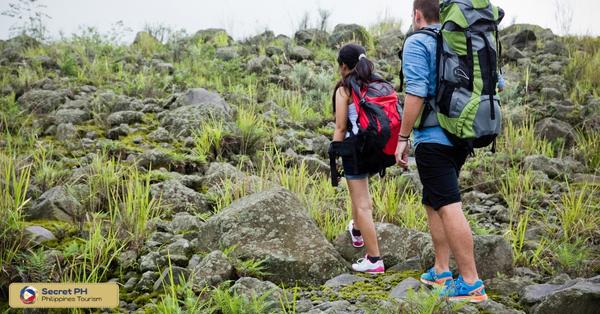
Safety and Health Tips for Hikers in Kalinga
Exploring the beautiful landscapes of Kalinga through trekking adventures can be an exhilarating experience. However, it’s essential to prioritize safety and health during your hiking journey. From preparation to trail etiquette, following safety guidelines ensures a memorable and incident-free adventure. In this article, we will provide some valuable safety and health tips for hikers in Kalinga, allowing you to enjoy the region’s natural wonders with peace of mind.
1. Check the Weather: Kalinga’s weather can be unpredictable, so checking the forecast before your hike is vital. Sudden changes in weather can impact trail conditions and visibility.
2. Stay Hydrated and Fuel Up: Proper hydration is essential while hiking in Kalinga’s challenging terrain. Carry sufficient water and drink regularly to prevent dehydration. As a general guideline, bring at least one liter of water for every two hours of hiking.
3. Wear Suitable Clothing and Footwear: Wearing appropriate clothing and footwear is crucial for safety during hikes. Opt for lightweight, moisture-wicking clothing that provides protection against the sun and insects.
4. Practice Trail Etiquette: Respecting trail etiquette ensures a safe and enjoyable hiking experience for everyone. Yield to uphill hikers and give way to faster-moving hikers. Stay on designated trails and avoid venturing into restricted areas.
5. Be Aware of Wildlife and Hazards: Kalinga’s wilderness is home to diverse wildlife, including snakes and insects. Stay alert and keep a safe distance from any encountered animals.
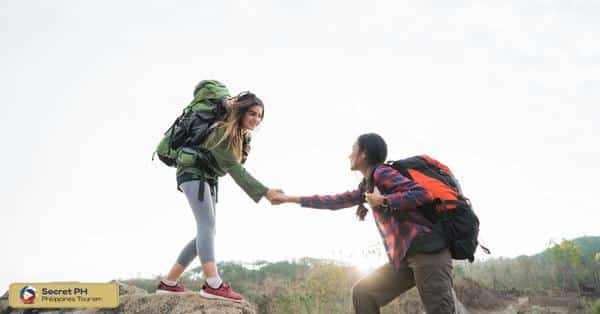
Planning Your Kalinga Trekking Expedition
Planning a trekking expedition in Kalinga requires careful preparation to ensure a safe and enjoyable adventure. In this section, we will guide you through the essential steps of planning your Kalinga trekking expedition, from choosing the right season to organizing logistics and accommodations.
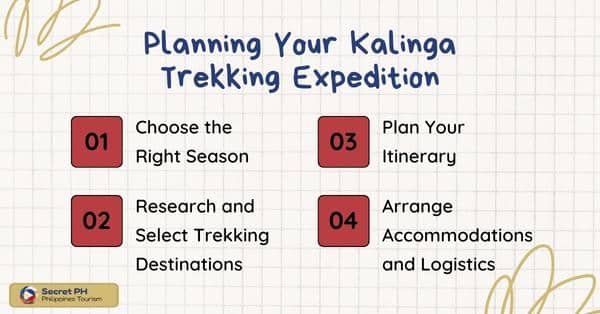
Choose the Right Season
The first step in planning your Kalinga trekking expedition is to consider the best time to visit. Kalinga experiences a wet and dry season, with the dry season generally considered the ideal time for trekking. The months of November to April offer favorable weather conditions, with less rainfall and milder temperatures. However, it’s always advisable to check weather forecasts before embarking on your trek to ensure optimal conditions.
Research and Select Trekking Destinations
Kalinga boasts a plethora of trekking destinations, each offering unique landscapes and experiences. Research and familiarize yourself with the various trekking routes and trails available in Kalinga. Decide which destinations align with your preferences and hiking capabilities. Popular trekking spots include Mount Pulag, Mount Balbalasang, Sleeping Beauty Mountain, and the picturesque rice terraces of Butbut Valley. Choose destinations that match your skill level and desired level of challenge.
Arrange Accommodations and Logistics
In Kalinga, accommodations may vary depending on the trekking destination. If you’re planning to stay overnight, research and book accommodations in advance, especially for popular hiking spots like Mount Pulag. Options range from homestays with local communities to guesthouses and lodges near the trailheads. Additionally, arrange transportation to and from your trekking destinations. Public transportation or hiring a private vehicle are common options, depending on accessibility.
Stay Informed and Seek Local Knowledge
Before embarking on your Kalinga trekking expedition, stay informed about current trail conditions and any potential hazards. Check with local authorities, tour operators, or reputable hiking communities for up-to-date information. Seek local knowledge from guides or experienced hikers who can provide valuable insights and tips specific to the region. Their expertise will enhance your trekking experience and ensure your safety.
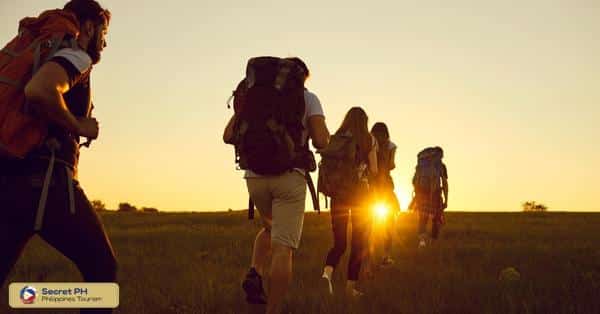
In conclusion
Kalinga is a paradise for nature lovers and outdoor adventurers alike. With its vast mountain ranges, lush green landscapes, and diverse cultural heritage, this Philippine gem has much to offer the avid hiker. From choosing the best season to explore to planning an itinerary tailored to your hiking goals, it’s essential to prepare adequately for your Kalinga trekking journey.
By following our tips, you can plan your trekking expedition wisely and fully enjoy the beauty of this enchanting region. Embark on an unforgettable adventure through Kalinga’s captivating trails, explore its breathtaking natural wonders, and immerse yourself in its rich culture for a journey that will stay with you long after your return home.

